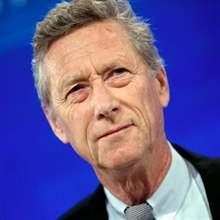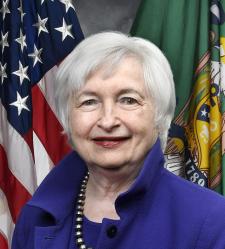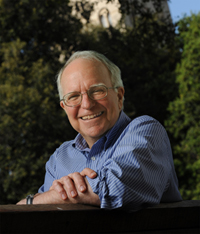The Brookings Institution is committed to quality, independence, and impact.
We are supported by a diverse array of funders. In line with our values and policies, each Brookings publication represents the sole views of its author(s).

Research
BPEA | 1989 No. 1


1989, No. 1
OVER THE PAST thirty years, macroeconomists thinking about aggregate
labor market dynamics have organized their thoughts around two relations,
the Phillips curve and the Beveridge curve. The Beveridge curve,
the relation between unemployment and vacancies, has very much
played second fiddle. We think that emphasis is wrong. The Beveridge
relation comes conceptually first and contains essential information
about the functioning of the labor market and the shocks that affect it.